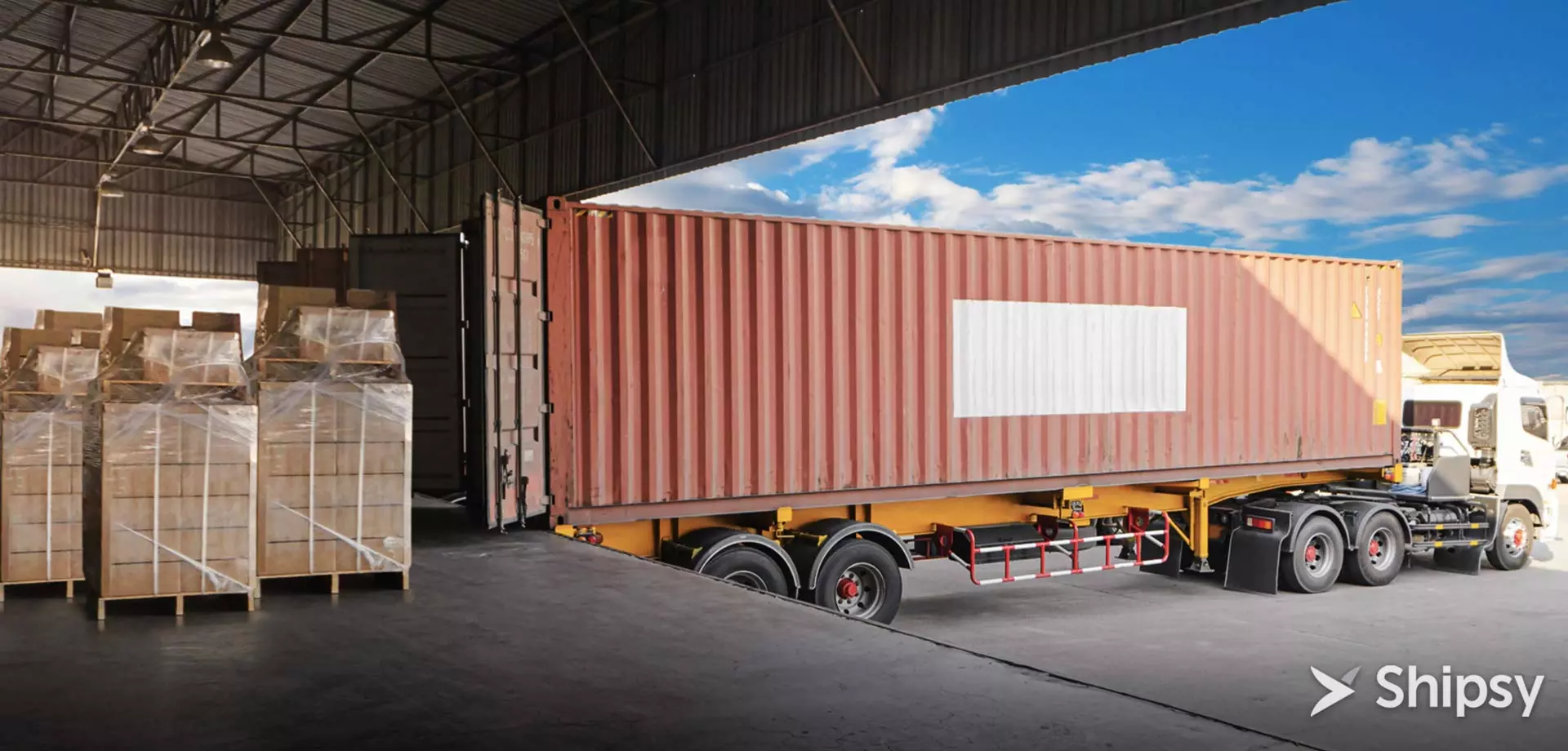Powered By Olvy

Stacking/load optimization is a crucial aspect of logistics management that aims to maximize the utilization of available space within transport vehicles, containers, or warehouses while ensuring the safe and efficient handling of goods. By strategically arranging items based on size, weight, and stability, logistics professionals can minimize wasted space and reduce transportation costs. Advanced algorithms and software are often employed to create optimized loading plans, taking into account various constraints such as weight limits, cargo compatibility, and delivery sequences. This process not only improves resource efficiency but also enhances overall supply chain performance by reducing the number of trips required, mitigating the risk of damage during transit, and expediting loading and unloading operations.
In addition to cost savings and improved resource management, stacking/load optimization plays a pivotal role in enhancing sustainability and eco-friendliness within the logistics industry. By reducing the number of vehicles needed and minimizing fuel consumption, the environmental impact of transportation is significantly lowered. Moreover, by preventing unnecessary wear and tear on equipment, and minimizing product damage during handling, the lifecycle of assets and products is extended, contributing to more sustainable logistics practices. As logistics networks continue to grow in complexity, load optimization remains a critical tool in the pursuit of efficiency, cost-effectiveness, and sustainability.
Expected Release Date: Q4 2023